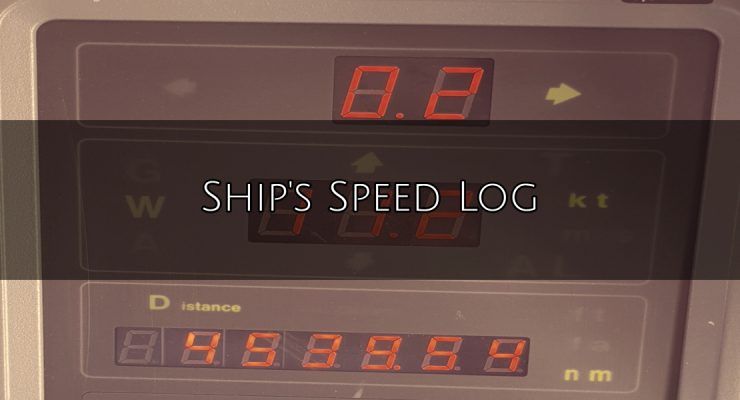An instrument for measuring the speed of a ship through water is called a ship's, or maritime, log. The same word is also applied to the daily record of a ship, though it is more properly termed a logbook. History In the years of sailing ships, the Dutchman's log was an early method of calculating ship speed. An object that would float was thrown into the water near the forward part of a ship. In the after, or rear, section, a sailor with a sandglass noted the time taken for the ship to pass the object floating in the water. From the time and the known distance between the two points on the … [Read more...]
